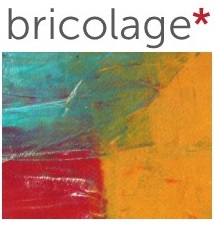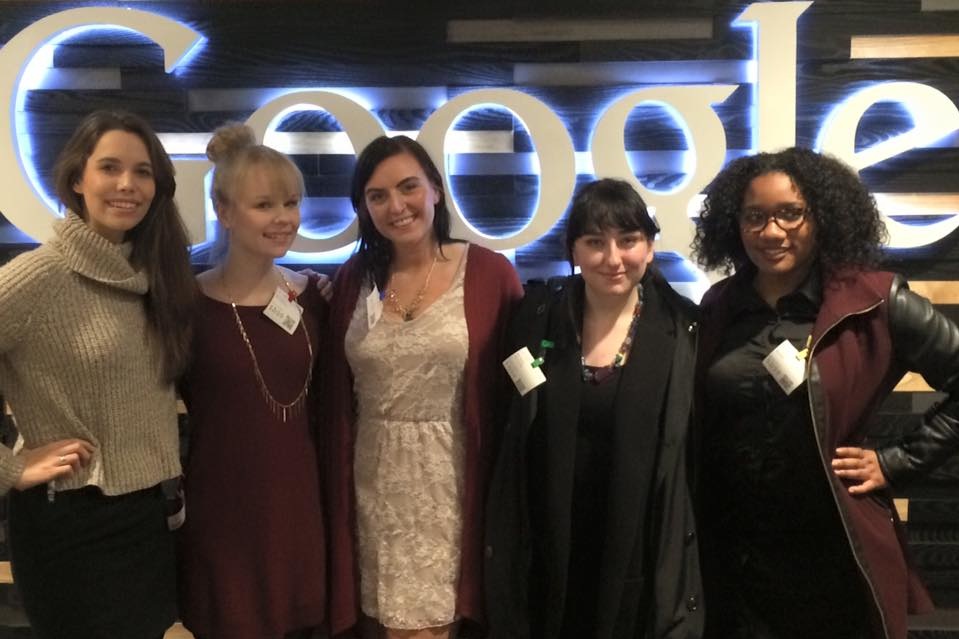pica to pixel pedagogy
design “tools” use to mean a pica pole and a proportion wheel. Then technical magic happened — and That’s when picas turned to pixels.
Today’s design students are “digital natives” meaning they are purveyors of all things digital at the same time they naturally absorb the technical how-to’s of new tech tools.
The academic challenge? To engage the students through a creative design curriculum that reaches beyond the technical tools and incorporates the importance of design research, an appreciation for the creative process, and an understanding of empathetic design, are all necessary components to producing high-quality design work and fulfilling careers.
PUSH CREATIVE BOUNDARIES
It’s imperative that students are encouraged to push up against their own boundaries and go beyond traditional creative methods or the obvious creative solution. The first, or even, second design solution, is not necessarily the best solution – and that iteration is elemental to the creative process. Students need to explore emerging concepts and tools while executing on their visions, to explore and shape uncharted territory ― to investigate the white space.
PROVIDE MENTORSHIP
The relationship with students extends beyond the design assignments and classroom discussions. Between classes, and even after graduation, students are looking for emotional support, career guidance, access to professional connections, and the opportunity to gain networking knowledge. In short, to make their learning applicable to their life. Therefore, being available as a mentor is important to the continued success of any program. In addition, an important piece of mentorship is fostering multiple opportunities for students to interact with design professionals and organizations such as AIGA, IXDA, XX+UX, and others.
“This evening was amazing. I’ve been doubting about my focus on design, but being in this room tonight … with these women. I knew I was in the right place.”
Networking with other women in technology at Google.
On the 360 capture screen for the HoloLens at Microsoft.
ENGAGE IN PARTNERSHIPS
Foremost are the partnerships with department colleagues and engaging in effective multi-disciplinary collaboration to assess, adjust, and expand the curriculum to meet the needs of the students as they advance through a program. It is fundamental to the future success of students to create a strong program that supports external partnerships with companies, design studios, startups, and individual artists. The goal being to expose students to a critical blend of entrepreneurial spirit and business savvy. Offering students a variety of creative engagements that reach beyond the classroom gives them opportunities that not only help them define who they are -- but more importantly who they are about to become.
TECHNOLOGY IS ONLY A TOOL
Tech is only a tool, and developing creative talent is the key differentiator for designers in a new world where everyone believes they, too, can be a designer by using a template or tool.


